On a quiet summer afternoon, as you stroll through tall grass or brush against foliage, an unseen threat may be latching onto your skin. Ticks, those tiny arachnids with a vampiric appetite, have perfected the art of stealthy bloodsucking through an evolutionary masterpiece – their own brand of anesthetic chemicals. Unlike the immediate sting of a mosquito or the burning bite of a fire ant, tick bites often go unnoticed for days, allowing these parasites to feed undisturbed. This biological deception is no accident; it’s the result of millions of years of refined chemical warfare.
The Secret Behind the Silent Bite
Ticks employ a sophisticated cocktail of bioactive compounds in their saliva that effectively numb the host’s skin. Researchers have identified multiple proteins and peptides that work synergistically to suppress pain and immune responses. Some compounds, like kininases, break down pain-inducing molecules called kinins that would normally alert the host to tissue damage. Others mimic the body’s own endorphins, creating localized analgesia. This pharmacological strategy is so effective that many victims never feel the initial attachment, nor notice the tick’s gradual engorgement as it swells with blood over several days.
The tick’s chemical arsenal goes beyond mere pain suppression. Their saliva contains anti-coagulants to keep blood flowing freely, anti-inflammatory agents to prevent swelling that might dislodge them, and even immunosuppressants to silence the body’s defensive alarms. This multifaceted approach explains why tick bites rarely itch immediately like other insect bites – the body’s normal warning systems have been chemically disabled. By the time the immune system eventually rallies a response, often hours or days later, the tick may have already finished its meal and dropped off.
Evolution’s Perfect Bloodsucking Machine
This chemical stealth strategy gives ticks a significant evolutionary advantage over other blood-feeding arthropods. Mosquitoes must feed quickly before being detected and swatted, limiting their meal size. Ticks, by contrast, can take their time – some species feed for up to two weeks undisturbed. The prolonged feeding allows ticks to ingest enormous volumes of blood relative to their size; certain species can swell to over 100 times their original weight. This biological feat supports their complex life cycles and enables females to produce thousands of eggs after a single blood meal.
The sophistication of tick saliva continues to astonish researchers. Recent studies have revealed that some species can actually modulate their chemical secretions based on how long they’ve been attached and what stage of feeding they’re in. Early in the feeding process, pain-suppressing compounds dominate. As feeding progresses, different anti-inflammatory and immune-modulating compounds take precedence. This dynamic chemical adjustment suggests ticks have evolved an exquisitely timed delivery system for their pharmacological weapons.
The Dark Side of Painless Parasitism
While the tick’s chemical strategy benefits its survival, it creates significant dangers for hosts. The very stealth that makes tick bites painless also makes them easy to overlook, increasing disease transmission risks. Many tick-borne pathogens, including the bacteria causing Lyme disease, require substantial feeding time to transfer from tick to host. The prolonged, undetected attachment facilitated by tick anesthetics gives pathogens ample opportunity to migrate.
Medical professionals emphasize that the absence of pain or itching doesn’t indicate a harmless bite. In fact, it’s quite the opposite – the more effectively a tick can suppress host responses, the more dangerous it potentially becomes as a disease vector. This paradox highlights the evolutionary arms race between parasites and hosts: what’s beneficial for the tick’s survival becomes detrimental to host health.
Unlocking Nature’s Pharmacy
Interestingly, scientists are studying tick saliva compounds for potential medical applications. The powerful anti-inflammatory and immunosuppressive properties might be harnessed to treat conditions like arthritis, multiple sclerosis, or even prevent transplant rejection. Some tick-derived proteins have already shown promise in laboratory studies for inhibiting blood clots without causing excessive bleeding – a holy grail in cardiovascular medicine.
Pharmaceutical companies are particularly interested in the pain-suppressing molecules, which appear to work through novel mechanisms distinct from existing anesthetics. These could potentially lead to new classes of non-addictive pain medications. However, researchers caution that developing these compounds into safe, effective drugs will require years of testing and modification to avoid the immune suppression that makes natural tick bites dangerous.
Living With an Invisible Threat
As tick populations expand geographically due to climate change and other factors, understanding their chemical stealth tactics becomes increasingly important for public health. Experts recommend thorough tick checks after potential exposure, as visual inspection remains the best defense against these well-camouflaged parasites. The old adage “no pain, no gain” gets turned on its head with ticks – their bites prove that sometimes, no pain means significant risk.
The next time you enjoy nature’s beauty, remember that evolution has equipped ticks with remarkably sophisticated chemical weapons. Their ability to feed unnoticed stands as a testament to nature’s ingenuity, even if it’s ingenuity we’d rather not experience firsthand. As research continues to unravel the complexities of tick saliva, we gain not only better protections against disease, but also potential medical breakthroughs hidden in these tiny vampires’ biochemical arsenal.
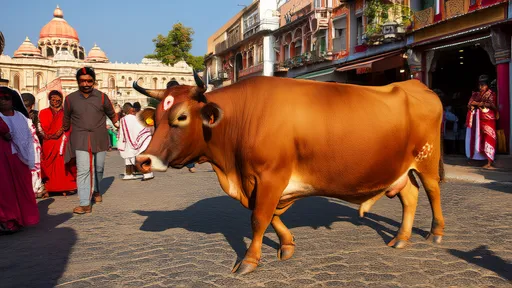
By /Jul 7, 2025

By /Jul 7, 2025

By /Jul 7, 2025

By /Jul 7, 2025
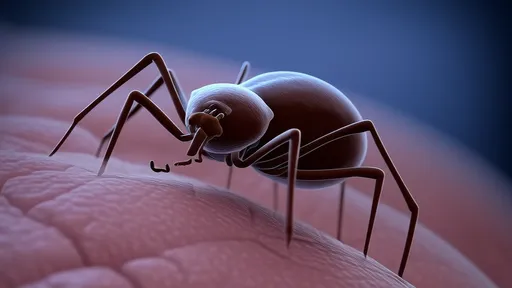
By /Jul 7, 2025
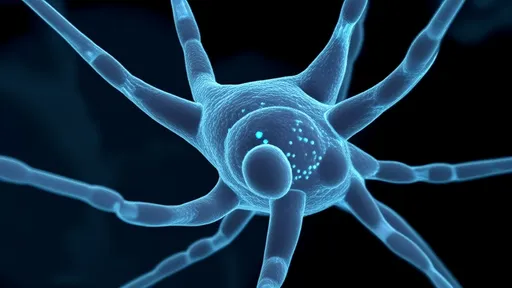
By /Jul 7, 2025
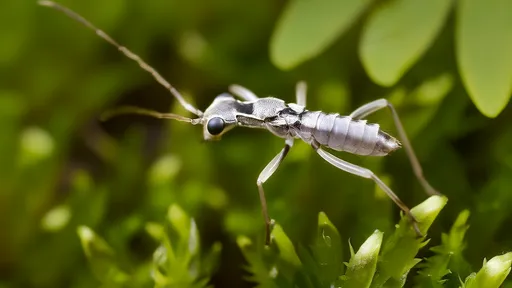
By /Jul 7, 2025
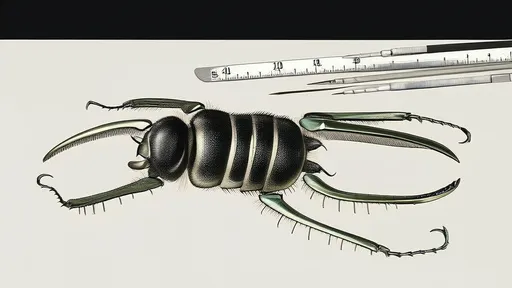
By /Jul 7, 2025
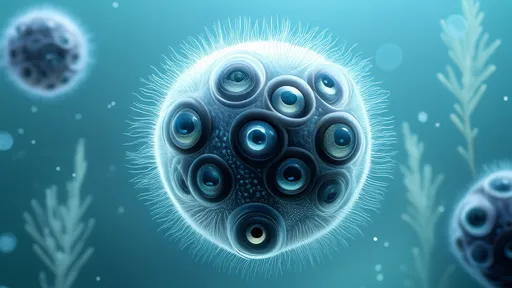
By /Jul 7, 2025
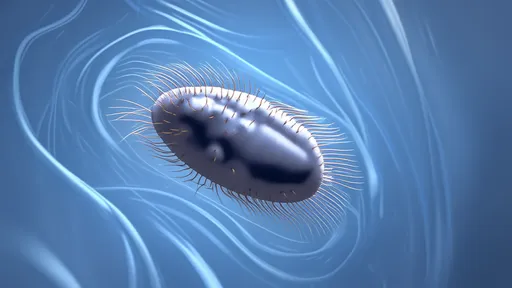
By /Jul 7, 2025
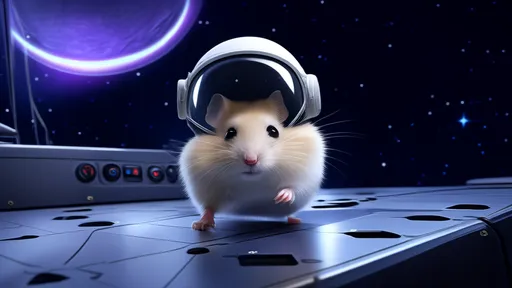
By /Jul 7, 2025
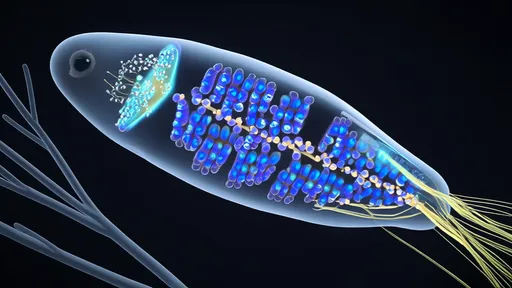
By /Jul 7, 2025
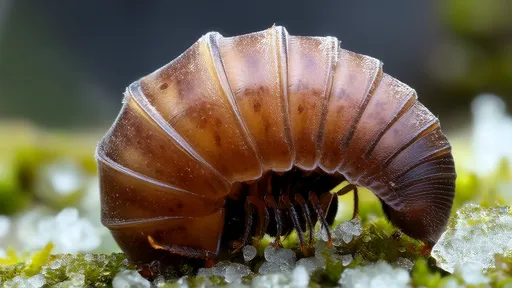
By /Jul 7, 2025

By /Jul 7, 2025
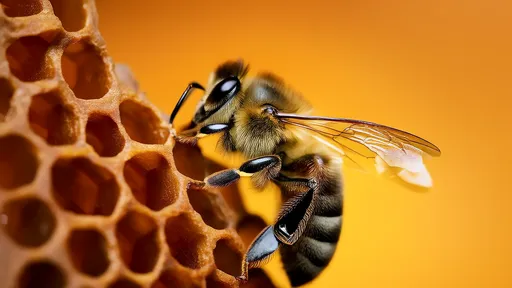
By /Jul 7, 2025

By /Jul 7, 2025

By /Jul 7, 2025

By /Jul 7, 2025